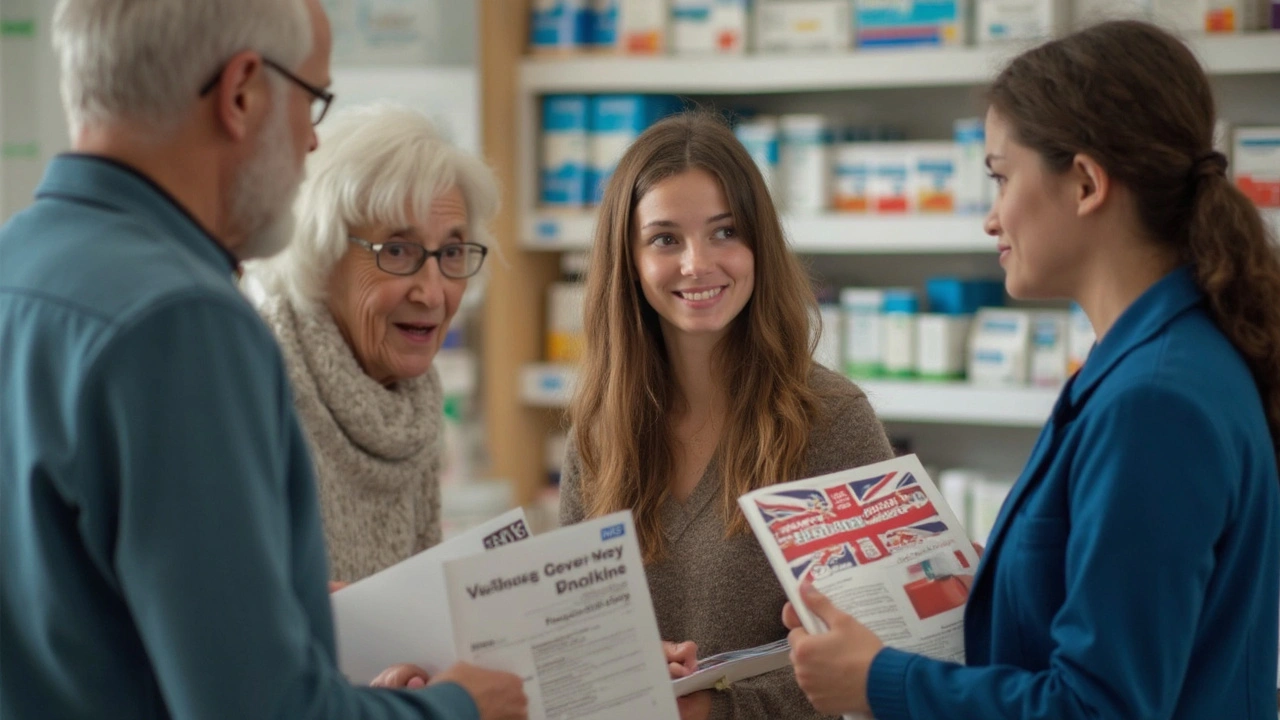Medication Assistance – How to Get Help, Save Money, and Stay Safe
If you’ve ever stared at a prescription bill and felt the panic rising, you’re not alone. Getting medication assistance isn’t magic; it’s about knowing where to look, what paperwork you need, and how to avoid scams. Below you’ll find real‑world steps that work for most people, no jargon required.
First off, check if your insurance covers the drug. Many plans have tiered lists and will pay more for brand names than generics. Call the pharmacy line on your card, ask about prior authorization, and note any copay assistance programs the manufacturer offers. A quick phone call can shave dozens off a monthly bill.
Finding Discount Programs & Coupons
Pharmacy discount cards are a simple way to lower costs without changing your insurance. Cards like GoodRx, Blink Health, or local pharmacy club cards compare prices at nearby stores and give you a printable coupon. You don’t need a prescription for the card itself—just bring it when you pick up the medicine.
Many drug makers also run patient assistance programs (PAPs). These are free or low‑cost options for people with low income, no insurance, or high out‑of‑pocket costs. The application usually asks for proof of income and a doctor’s note. It sounds like paperwork, but the payoff can be a medication for free.
Buying Safely from Online Pharmacies
Online pharmacies are tempting because they promise lower prices and doorstep delivery. The safe way to shop is to look for a valid pharmacy license, a physical address, and a licensed pharmacist who can answer questions. Sites that require a prescription from a US‑licensed doctor are generally more trustworthy.
Avoid any site that sells controlled substances without a prescription or promises “no prescription needed.” Those are red flags for counterfeit drugs that could harm you. Use tools like the National Association of Boards of Pharmacy’s VIPPS verification to confirm legitimacy.
When you find a legit online pharmacy, compare its price with local stores and discount cards. Add shipping costs, but remember many sites offer free standard shipping on orders over a certain amount. If the total still beats your in‑store cost, you’ve found a solid deal.
Don’t forget to ask your doctor about therapeutic alternatives. Sometimes a different drug works just as well and is cheaper. Your pharmacist can also suggest dose adjustments or split‑tablet options that stretch your supply without compromising efficacy.
Finally, keep track of all the programs you use. A simple spreadsheet with columns for medication name, discount source, renewal date, and copay amount helps you stay organized and prevents missed savings.
Medication assistance is about piecing together several small wins—insurance tricks, coupons, PAPs, and safe online buying—to create a big overall saving. Use the steps above next time you pick up a script, and you’ll walk out feeling confident, not confused.
9 Alternatives to RxAssist.org for Prescription Savings and Assistance
Struggling to pay for prescriptions? There’s more than just RxAssist.org. This article uncovers nine solid alternatives to help you save money on meds or find the help you need. Whether you’re after discount cards, full patient assistance programs, or need fast info about savings, you’ll get specific pros and cons for every pick. Practical tips are woven in so you know what to expect. Compare top options side-by-side and see which help fits your situation.
© 2025. All rights reserved.

